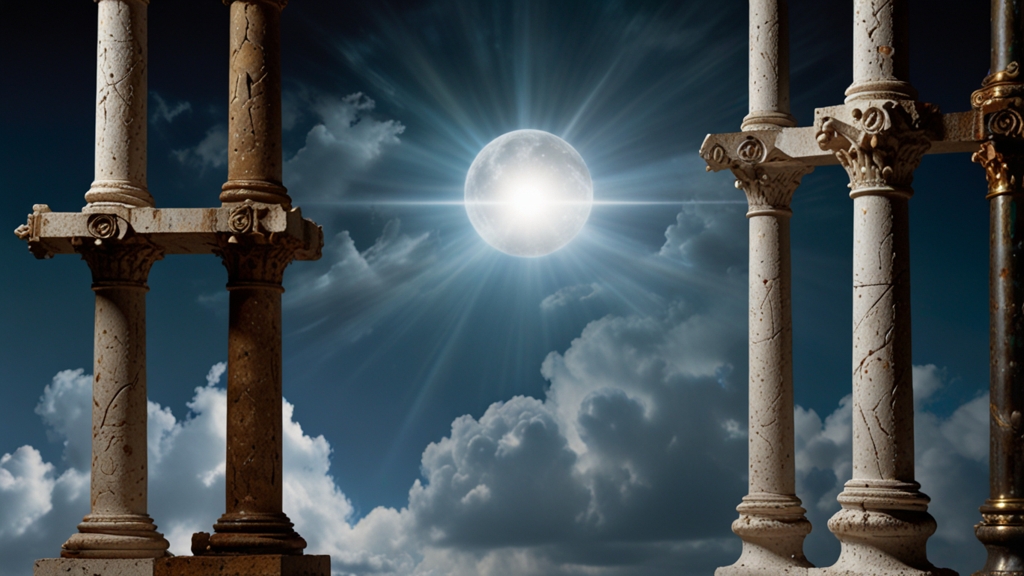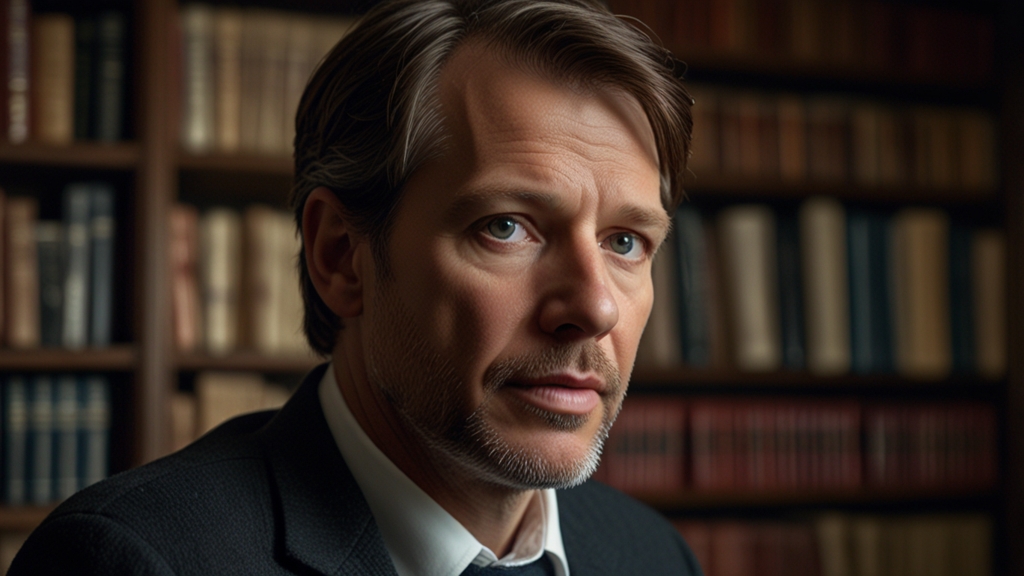Exploring Egypt's Holy Grail: The Search for the True Location of Mt. Sinai
Mt. Sinai, shrouded in millennia-old mysteries and biblical significance, stands as one of the most enigmatic locations in history. Revered by Christians, Jews, and Muslims alike, its exact whereabouts have been the subject of intense debate and scholarly exploration. Traditionally identified in Egypt's Sinai Peninsula, alternative theories propose locations in Saudi Arabia, Jordan, and even elsewhere. This article delves into the compelling quest for the true location of Mt. Sinai, examining historical accounts, archaeological findings, and modern hypotheses.
Traditional Identification: Jebel Musa
The most widely accepted site for Mt. Sinai is Jebel Musa, located in Egypt's southern Sinai Peninsula. This identification dates back to early Christian traditions. By the 4th century AD, pilgrims began visiting the site, convinced it was the very mountain where Moses received the Ten Commandments.
"Jebel Musa, Arabic for 'Mountain of Moses,' features prominently in Christian monastic heritage. The Monastery of St. Catherine, established in the 6th century by Byzantine Emperor Justinian, fortifies its significance." — Historian Eusebius
Jebel Musa rises approximately 2,285 meters (7,497 feet) above sea level and offers a commanding view of the surrounding arid landscape. Its religious monuments, ancient inscriptions, and continued pilgrimage underscore its revered status. However, not all scholars are convinced of its authenticity as the biblical Mt. Sinai.
Alternative Theories and Locations
Several researchers argue that the true Mt. Sinai might lie outside the Sinai Peninsula. Among the prominent theories is the identification of Jebel al-Lawz in northwestern Saudi Arabia as the true location.
"The geographical descriptions in the Bible suggest an area that matches the characteristics of Jebel al-Lawz. The mountain's name means 'Mountain of Almonds' and aligns with certain biblical narratives." — Archaeologist Dr. Lennart Möller
Proponents of the Jebel al-Lawz theory cite various evidence, including its remote, rugged terrain and specific landmarks mentioned in scriptural texts. They highlight the presence of ancient altars, petroglyphs, and even claims of a split rock resembling the biblical account of Moses striking the rock to bring forth water.
Meanwhile, another school of thought places Mt. Sinai in Jordan, identifying it with Jebel Haroun. Named after Aaron (the brother of Moses), this peak near Petra is of significant religious importance. Archeological findings in this area also support its candidacy, bolstering arguments with correlations to ancient routes and settlements.
Theological vs. Historical Quest
The ongoing search for the true Mt. Sinai underscores a profound intersection between theological beliefs and historical inquiry. For many, the spiritual significance eclipses the need for empirical validation. Yet, uncovering the authentic location remains an enthralling pursuit, blending faith, history, and science.
Advancements in technology add depth to this quest, enabling satellite imagery and modern archaeological methodologies to potentially unearth evidence previously overlooked or inaccessible. As researchers continue their expeditions, the allure of discovering the true Mt. Sinai persists as a beacon in both historical and religious landscapes.
Conclusion: A Journey of Discovery
The search for the true location of Mt. Sinai captures a timeless human endeavor — the pursuit of understanding ancient mysteries. Whether housed in the craggy peaks of Jebel Musa, the rugged expanse of Jebel al-Lawz, or the storied heights of Jebel Haroun, the essence of Mt. Sinai transcends its physical locale. It embodies a cornerstone of faith and a testament to human curiosity.
Ultimately, the quest for Mt. Sinai's true location is as much a journey within as it is an exploration of the past, inviting us to reflect on the profound narratives that shape our collective human heritage.








